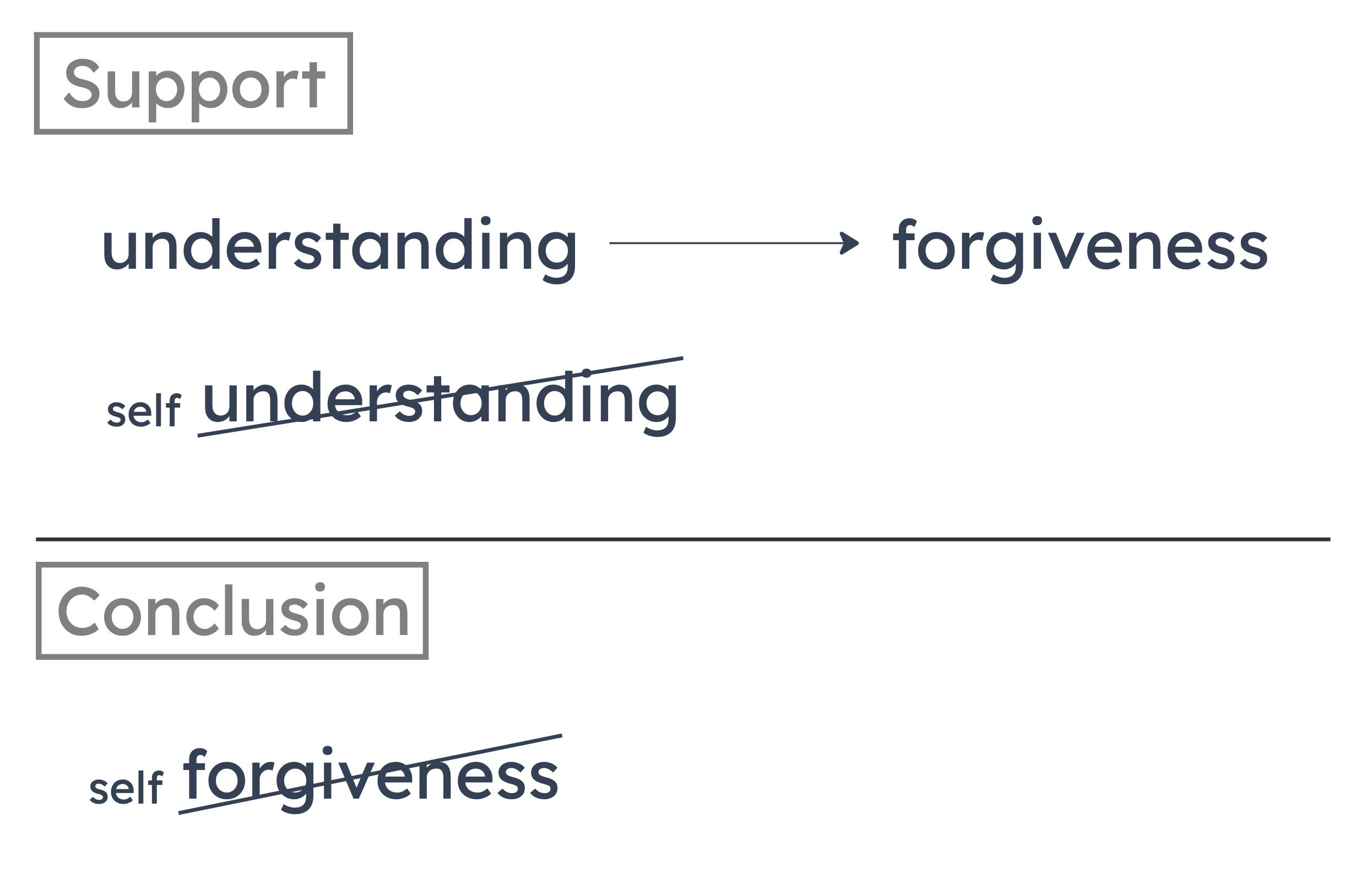To be considered for this year’s Gillespie Grant, applications must be received in Gillespie City by October 1. It can take up to ten days for regular mail from Greendale to reach Gillespie City. So if Mary is sending an application by regular mail from Greendale, she will be considered for the grant only if her application is mailed ten days before the due date.
Summarize Argument
The author concludes that, if she’s using regular mail from Greendale, Mary must mail her application ten days before the due date to be considered for the grant. He supports this with the following premises:
(1) Applications must arrive in Gillespie City by October 1 to be considered.
(2) Regular mail from Greendale can take up to ten days to reach Gillespie City.
Identify and Describe Flaw
The author concludes that Mary must mail her application ten days before the due date to be considered for the grant. But his premises state that regular mail from Greendale can take up to ten days to reach Gillespie City. So he overlooks the possibility that some mail might take less than ten days.
What if Mary’s application only takes five days to arrive? In that case, he can’t conclude that she’ll only be considered if she mails it ten days before the due date.
A
does not establish that Mary is applying for the Gillespie Grant or mailing anything from Greendale
It’s true that the author never establishes this, but he doesn’t need to. He’s only addressing what would happen if Mary sends in an application from Greendale. Whether she actually does apply is irrelevant.
B
does not determine how long it takes express mail to reach Gillespie City from Greendale
It doesn’t matter how long it takes express mail to reach Gillespie City from Greendale. The author is only addressing what would happen if Mary sends her application by regular mail from Greendale.
C
does not consider the minimum amount of time it takes regular mail from Greendale to reach Gillespie City
What if the minimum amount of time it takes regular mail from Greendale to reach Gillespie City is five days? In that case, Mary might not need to send in her application ten days before the due date in order to be considered.
D
presumes, without providing justification, that if Mary’s application is received in Gillespie City by October 1, she will satisfy all of the other requirements of the Gillespie Grant application
The author doesn’t assume that Mary will satisfy all the requirements if her application is received on time. She might mail her application on time and still not be considered for the grant. The author just argues that if she is considered, she must mail her application on time.
E
overlooks the possibility that Mary cannot be certain that her application will arrive in Gillespie City unless she sends it by express mail
The author only addresses Mary sending her application by regular mail; express mail is irrelevant. Also, even if she can’t be sure that it will arrive by regular mail, this doesn't impact the conclusion that if it is considered, she must send it ten days before the due date.
A
highlighting the differences between things that are believed to have a certain property and things that actually have that property
B
demonstrating that an opposing argument relies on an ambiguity
C
suggesting that two things that are indistinguishable from each other must be the same type of thing
D
questioning the assumptions underlying a particular theory
E
showing that something that would be impossible if a particular thesis were correct is actually true
A
It takes for granted that farming with artificial fertilizers is only slightly more damaging to the environment than organic farming is.
B
It overlooks the possibility that even if the practice of organic farming continues to spread, many farmers will choose not to adopt it.
C
It fails to consider the possibility that, at some points in human history, enough food was produced to feed Earth’s population without the use of artificial fertilizers.
D
It overlooks the possibility that a consequence that would surely follow if all farmers adopted the practice of organic farming would still ensue even if not all of them did.
E
It takes for granted that damage to the environment due to the continued use of artificial fertilizers would not be detrimental to human health.

In other words, the author treats complete understanding as the only way to bring about forgiveness. But maybe it’s possible to forgive yourself completely, even though you can’t understand yourself completely.